Come, let’s mourn in unison. If you aren’t an Apple Fanboy and don’t value hype over reality, it might be a day to be incredibly sad. Apple, the foremost inspiration in the world of smartphones, has stopped inspiring.
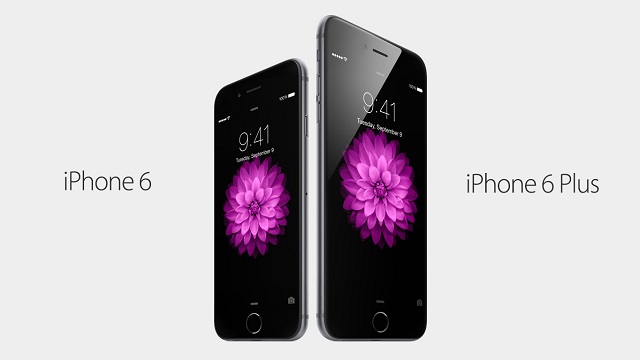
Yes, Apple has now become a part of the crowd rather than doing something that stuns the world. The transitioon that started with the iPhone 5 has finally been completed.
Huh, What?
Yes. Welcome, Apple now you are among other phones. Still don’t understand? Well, the logic is simple. Apple is no longer the disruptive brand i.e. The brand that turns market logic on its head and leads from the front rather than following in other’s footsteps. It is a follower now.
Still don’t get it? Let me explain in detail.
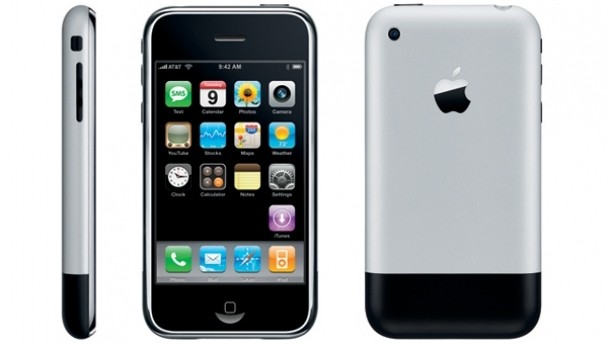
Ever since the first iPhone launch back in 2007, Apple showed that it had something apart from the market. In the eternal words of Steve Jobs,”People do not know what they want, until you show it to them.”
Rather than following the market philosophy of ‘listening to what the consumer wants’, Jobs had a different vision. He thought that a company should think beyond what the consumer is thinking and pleasantly surprise him or her with something he/she would never have thought of. This kind of thinking turned the whole market on its head and in fact, was the main motivation not only behind brands such as Apple but even all the Android ecosystem moved eons ahead after being aspired from Jobs’ philosophy and its success.
This happened with the first iPhone. The first iPhone was hailed as the ‘Jesus Phone’ since it offered some amazing features that the existing Android phones just did not have. It was the first phone with multi-touch touchscreen, something totally away from the physical keyboards that were a norm for Android phones. In today’s time it is actually hard to settle with phone having no touch sensitivity and physical keyboard once you have used a touch phone for a while. We all owe that to Steve Jobs.
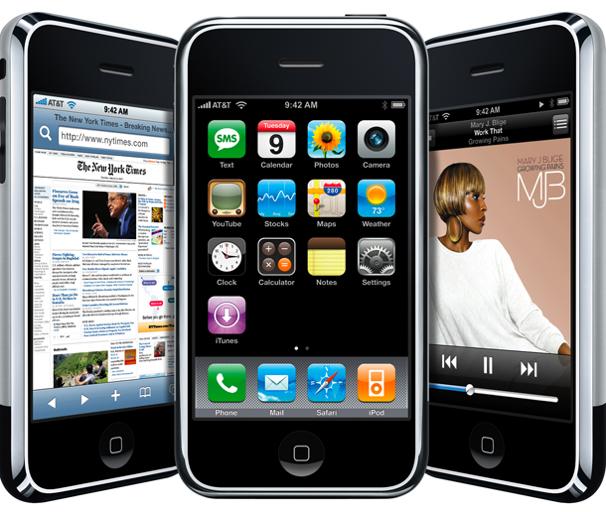
The second iPhone on the other hand, was also called the iPhone 3G. It came on the scene in June 2008. It again had something different and created yet another smartphone revolution. In fact, the abilities determined not only the future of other phones, but the future of the world as a whole. It gave us Assisted GPS (AGPS), 3G and tri-band UMTS/HSDPA.
Feel icky about 2G? Blame Steve Jobs.
The 3G revolution got people online and created a sustained base for apps. It also made it possible to run apps on your phones. AGPS made navigation easier and can be hailed as the thing that makes it easy to reach anywhere using apps such as Google Maps. It also debuted the App Store, a marketplace where it was easy to shop for third-party apps. This was iconic and changed the future of smartphones on the whole.
Can’t think about living without WhatsApp – Blame Steve Jobs.
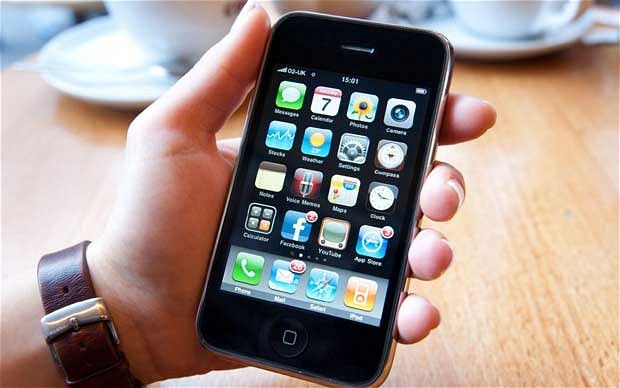
Now let’s turn over the page once again. The third-gen iPhone was called the iPhone 3GS – hailing a future of phones coming with the ‘S’ anagram. This one offered a 3.2-megapixel rear cam with the ability to shoot videos, voice control and support for easy downloading. The iPhone 3GS had a fast processor and it was at the time, the only phone that had the ability to shoot high-quality videos. Also, this was the first time voice commands were shown off on a phone. A digital compass made it possible for navigation to get better.
So, basically put the Sony Xperia Z series, the Nokia Lumia 1020 and other phones with brilliant cameras owe it to Steve Jobs for heralding the idea of having a good quality camera aboard the phone.
Also, this was the first time gestures were shown off on a phone. The swipe and pinch to zoom gestures which have now become almost universal, owe it to the iPhone for showing how it is done.
The next chapter in Apple and really, the world’s history was carved with the iPhone 4.
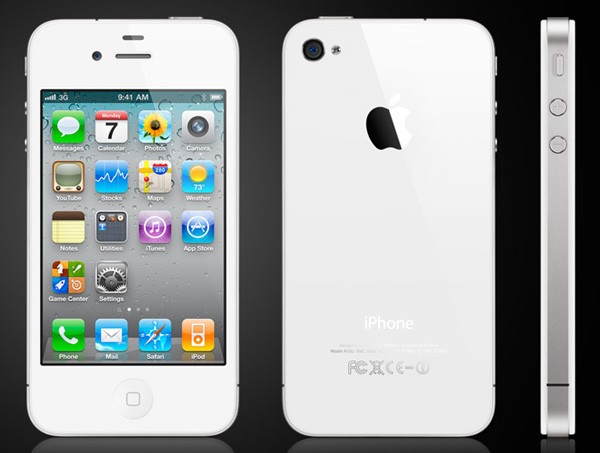
With the iPhone 4, Apple set off a race to produce the world’s thinnest phone, the title which is currently possessed by Gionee. At the time of the unveil, the iPhone 4 was the thinnest phone out there.
But the iPhone 4 was the consolidation of some features exclusive to Apple namely Retina display, a steel frame that became an Apple trademark until the latest version of the iPhone. Another race was set off by Apple, which has greatly benefited us. This was the race to produce better quality displays. The so-called Retina display came at 326ppi, something which was unseen up till then.
The other new features were multi-tasking – the ability to do multiple things on your phone simultaneously was something nobody had heard of before. This was possible with the Apple A4 processor. Also, the Apple FaceTime video chat ability was showcased for the first time with the iPhone 4. You also had the ability to use CDMA connections which made it possible in the sense to actually make mobile communication cheaper.
In my view, the iPhone 4 was the rock star of the lot and the best iPhone ever.
So far, so good.
![Why has Apple stopped being disruptive? 6 apple-iphone-4s[1]](https://www.mobigyaan.com/wp-content/uploads/2014/01/apple-iphone-4s1.jpg)
Now, let’s move on to the next phone – the iPhone 4S. This was, sadly, the last phone to be showcased in the lifetime of iconic Steve Jobs. The star here as we all know, was Apple’s voice assistant. This was something apart from what anyone had imagined.
Siri was an automated voice assistant that could respond in real time to any questions one asks, making the system as close to human interaction as possible. Siri could actually take answer questions like ‘Which restaurant offers Japanese cuisine in my area?’ You had automated responses for the stupidest and the most intelligent questions. This just changed the way we thought of phones.
It was also the last of Jobs’ out of the box technologies, since he died the next day after the reveal.
Sadly, in retrospective, it seems the Jobs’ factor that held Apple above the rest went away with him.
Let me rewind. Up till, the iPhone 4S, the iPhone showed the way and the world followed.
But, there was a sleeping giant in the ranks. Google had in the meantime been rising. It was much more flexible than Apple, lending its software to a vast amount of device manufacturers including HTC, Samsung and others. This allowed it flexibility with hardware which Apple couldn’t have. The stage was set for thin Android phones, large-screen Android phones and a much bigger app database than Apple. The student had now become the master. The demand for Android phones saw a huge surge as there were literally thousands of them out there, compared to a single iPhone.
Google came at the forefront of innovation and invested heavily in it. It also backed hardware makers to go out and do more. It overtook Apple in terms of smartphone cameras, in terms of voice functionality and even in terms of innovation.
Google moves faster than Apple with much more scope and continues to rule the lion’s share of the market. With so many Android phones determining the direction of the market, Apple had no chance but to follow suit.
While Steve Jobs’ Apple despised and looked down upon Android, Tim Cook’s Apple tries to match up with it, showing a sea change in thinking.
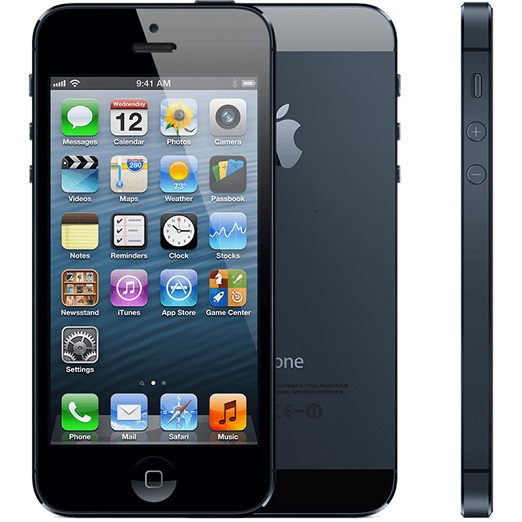
The first iPhone that came after the death of Steve Jobs was not a leader but a follower. The iPhone 5 did not follow Jobs’ philosophy of giving the consumers a phone that fits in your hand. Apple deviated from the 3.5-inch display and set out with the first 4-inch iPhone. The iPhone 5 now had to match up to market standards instead of dictating them.
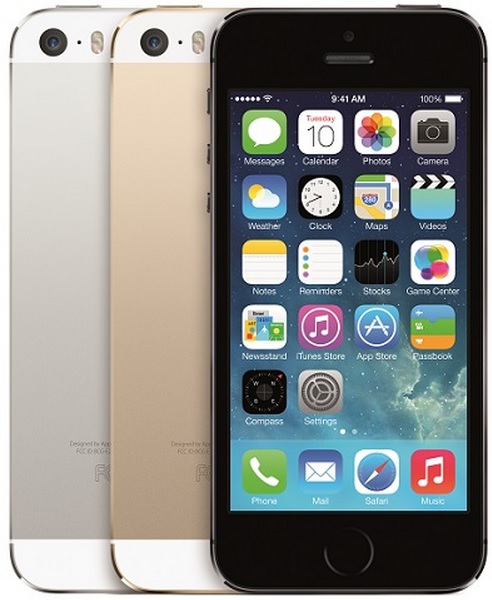
The iPhone 5S likewise was inspired by the market, but also created some new ones. It brought out fingerprint sensors and 64-Bit smartphone processors. It is also a 4-inch smartphone though.
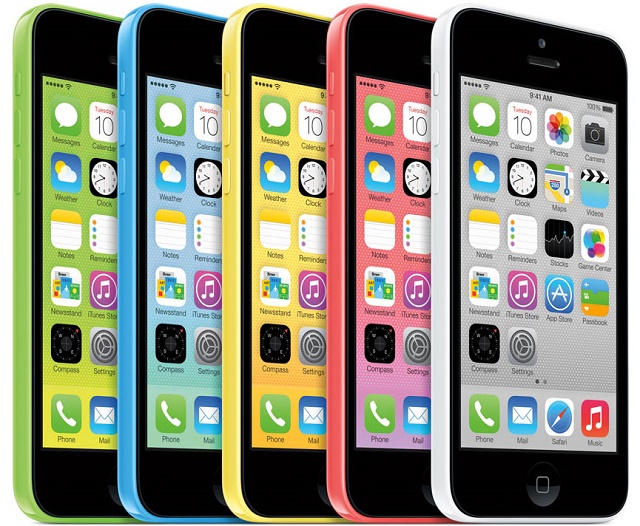
Not to forget, we saw the first flop iPhone with the iPhone 5C.
Now, let’s cut to the present, the iPhone 6 is something that has got brickbats worldwide and not without reason.
Now, let’s look at it – a 4.7-inch iPhone 6 and a 5.5-inch iPhone 6 Plus is a total violation of Jobs’ fits into the hand ideology. These sizes are widely acknowledged to be close to too big for comfort. This kind of brings an end to Apple’s independent thinking, since it is clearly enforced by the market. An Apple phablet, which was unimaginable, is now a reality.
Add to that, Apple has also erred in going away from the set iPhone shell, widely perceived as premium to a cartoonish looking iPhone 6, which, though thin (still not the thinnest one out there), mars the style factor.
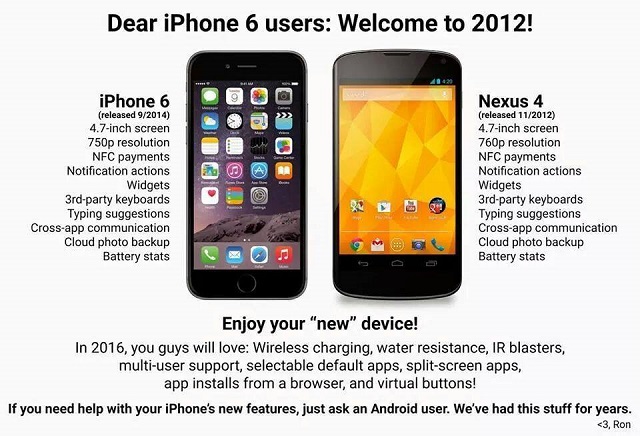
Apple ends up offering nothing new and is in fact rehashing technology showed off by other phones, for example refocus, which was shown off by the Sony Xperia Z2, HTC One M8 and Samsung Galaxy S5 among many other phones.
The hardware premium factor is definitely gone, there are Android phones out there with similar or better features, for example – fingerprint ID, screen quality, rear cam or processors. What’s there to be excited about? I wouldn’t know.
It seems that in terms of hardware, Apple has started lagging behind, although it is still working on its software, which according to me is the appreciable thing about it.
Apple has introduced the new Apple Pay feature which lets you use your phone as your credit card. This is essentially what Google and Nokia have been trying their hands at for ages, but Apple has done slightly better than them in this regard.
There is truly a shift in ideology at Apple, and it is not one which we might agree with.
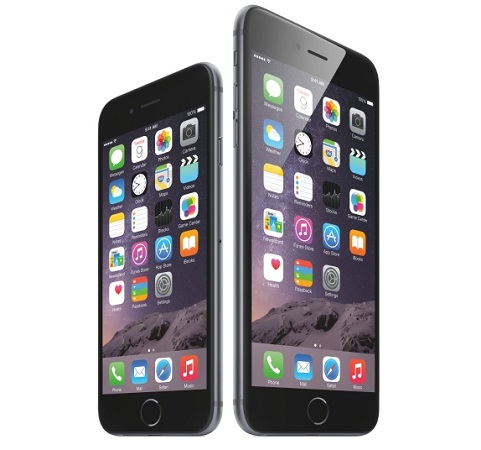
Apple disruptive era, it seems, has seen its end with the iPhone 6. It is time for new players to come out in this regard. And they are coming out – they are called Xiaomi and OnePlus One. They have consumer awesome stuff at throwaway prices and that is the niche they cater to. They have started determining the market directions and we are seeing phones that are actually worth our money rather than compromises. They are making the whole market more competitive as such.
Apple it seems, will be content with the premium consumer base it occupies. Currently, it is at a comfortable pole position and no one is imagining a world where Apple will go down. But do remember, BlackBerry and Nokia were thought of as such.
Why has Apple stopped being disruptive? I honestly do not have an answer to this question. But I loved the old Apple more.
